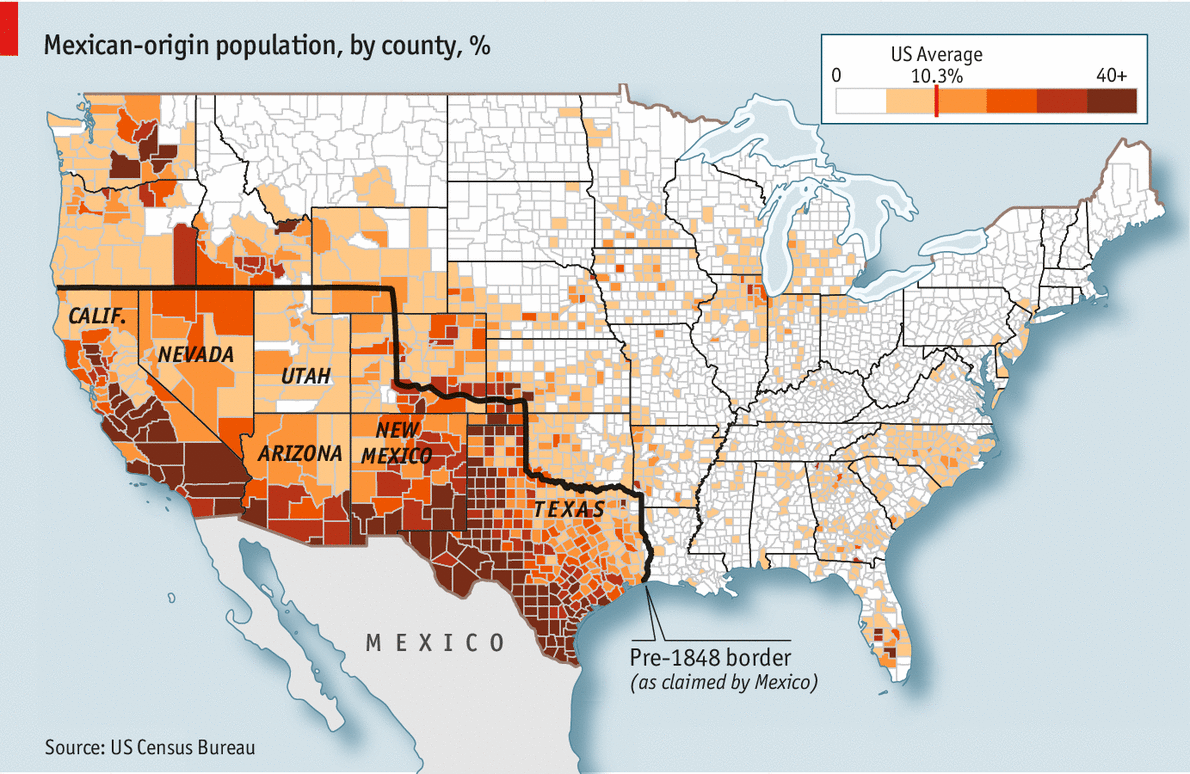See how the mystic chords of memory have changed Americans’ perspectives on the Mexican-American War…
In 1849, there was just no question. Mexico started this. So in 1849, the argument is we have to go in and defend Texas from being reconquered by Mexicans.
In a textbook from 1880, it’s an inevitable conflict between the races. What happens in your next textbook from 1911?
In 1966, it’s the first time you start to really see the historians – or the people who are putting the textbooks together – are going to start to question how this war started. And you also start getting the names of certain individuals who at that time actually questioned the war. And probably the most significant one is going to be a young congressman from Illinois by the name of Abraham Lincoln.
